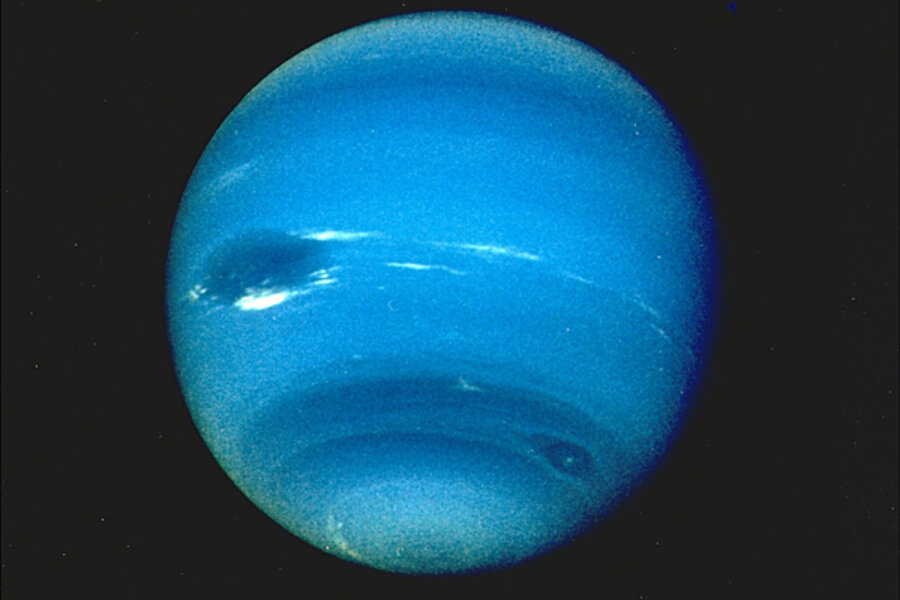Comet struck Neptune 200 years ago, researchers find
Loading...
Researchers studying Neptune's atmosphere found evidence that a comet may have hit the planet about two centuries ago. Was this a "cold-case" file re-opened, or did they discover a way to travel back in time to witness a long-ago event? To make the discovery, a team from the Max Planck Institute for Solar System Research actually used the Herschel Space Telescope's PACS (Photodetector Array Camera and Spectrometer) instrument, along with what was learned from observations from when the Shoemaker-Levy 9 hit Jupiter sixteen years ago.
The 1994 impact on Jupiter was watched and documented by Voyager 2, Galileo and Ulysses, and today this data helps scientists detect cometary impacts that happened many, many years ago. In fact, just in February of this year, scientists from Max Planck discovered strong evidence for a comet impact on Saturn about 230 years ago. These "dirty snowballs" leave traces of water, carbon dioxide, carbon monoxide, hydrocyanic acid, and carbon sulfide in the atmosphere of the gas giant planets. These molecules can be detected in the radiation the planet radiates into space.
So, the team turned their attention to Neptune, and used the PACS to analyze the long-wave infrared radiation of Neptune.
The atmosphere of Neptune mainly consists of hydrogen and helium with traces of water, carbon dioxide and carbon monoxide. However, the scientists detected an unusual distribution of carbon monoxide in the stratosphere, the upper layer of the atmosphere, and found a higher concentration than in the layer beneath, the troposphere. "The higher concentration of carbon monoxide in the stratosphere can only be explained by an external origin," said MPS-scientist Paul Hartogh, principle investigator of the Herschel science program. "Normally, the concentrations of carbon monoxide in troposphere and stratosphere should be the same or decrease with increasing height," he said.
Another theory suggested that a constant flux of tiny dust particles from space introduces carbon monoxide into Neptune’s atmosphere. However, the newest observations from PACS does not lend credence to that idea, and the team concluded the only explanation for these results is a cometary impact. Such a collision forces the comet to fall apart while the carbon monoxide trapped in the comet’s ice is released and over the years distributed throughout the stratosphere.
"From the distribution of carbon monoxide we can therefore derive the approximate time, when the impact took place," said Thibault Cavalié from MPS, which showed the impact was about 200 years ago.
PACS was developed at the Max Planck Institute for Extraterrestrial Physics, and it analyzes the long-wave infrared radiation, also known as heat radiation, that the cold bodies in space such as Neptune emit.
Source: Max Planck
Nancy Atkinson blogs at Universe Today.





